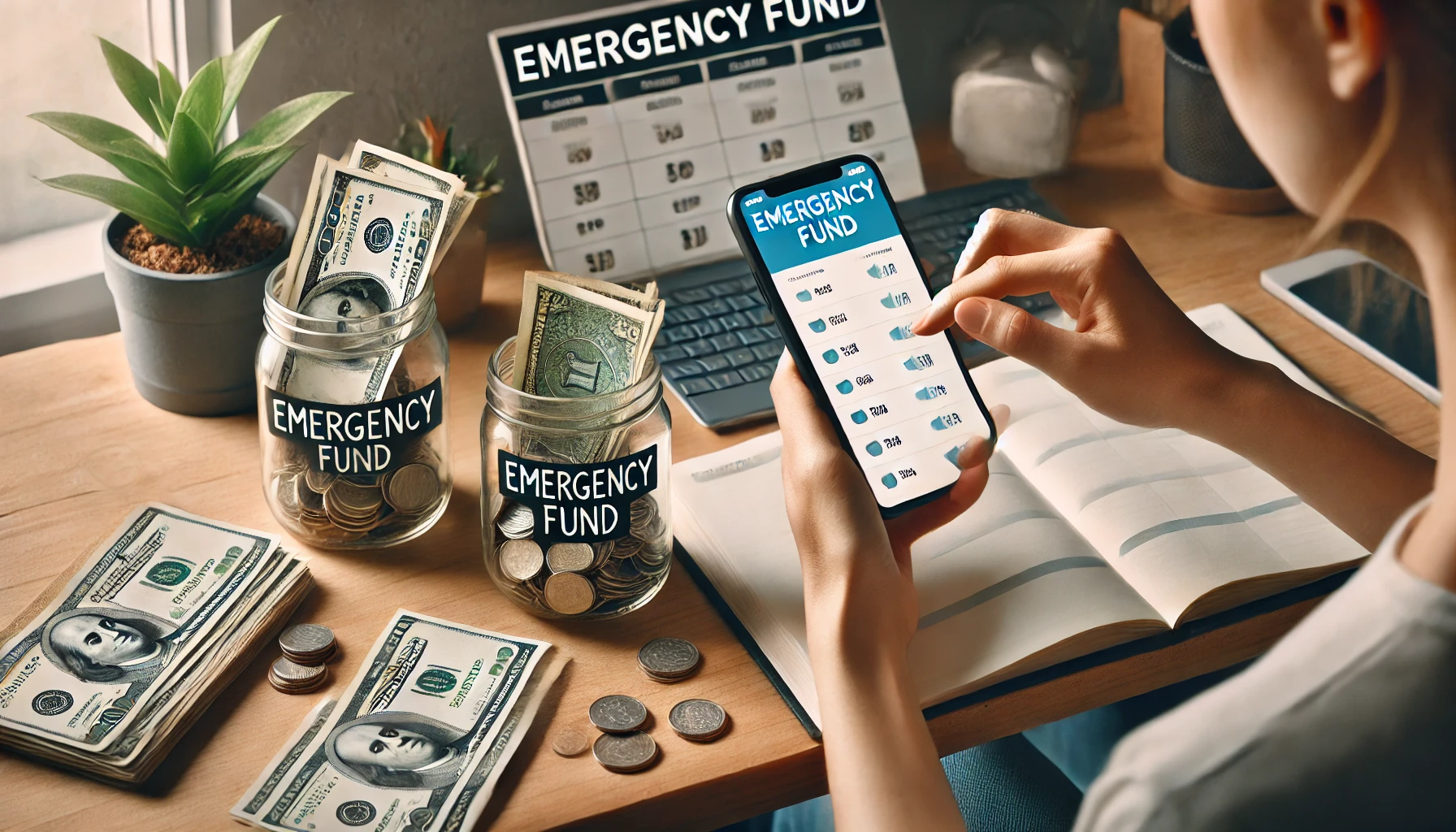Life is full of surprises—some exciting, others expensive. That’s why having an emergency fund is one of the most important foundations of a healthy financial life. It helps you handle unexpected expenses without going into debt or panic mode.
In this article, we’ll walk you through a simple, step-by-step plan to build an emergency fund that protects your future—no matter what happens.
What Is an Emergency Fund?
An emergency fund is a stash of money set aside for unexpected, urgent expenses, such as:
- Medical emergencies
- Car or home repairs
- Job loss or income reduction
- Emergency travel
- Unplanned bills
It’s not for shopping, vacations, or dining out. It’s your financial safety net.
Why You Need One
Without an emergency fund:
- One unexpected bill can derail your entire budget
- You’re more likely to go into credit card debt
- Financial stress increases and decision-making suffers
With an emergency fund:
- You have peace of mind
- You can stay on track with long-term goals
- You can face emergencies with confidence
Step 1: Set a Realistic Starting Goal
If you don’t have anything saved yet, don’t panic. Start small.
First Milestone:
- Save $500 to $1,000 as fast as possible
This covers most small emergencies—like a flat tire or urgent bill.
Next Goal:
- Save 3 to 6 months of basic living expenses
Include rent, groceries, transportation, and essential bills. If you spend $1,500/month, aim for $4,500–$9,000.
Step 2: Open a Separate Savings Account
Your emergency fund should be separate from your regular spending money.
Why?
- Reduces temptation to spend it
- Helps you track progress clearly
- Keeps your finances organized
Look for a high-yield savings account with no monthly fees and easy access (but not too easy).
Step 3: Calculate Your Monthly Essentials
To determine how much you really need, list your core expenses.
Essentials Include:
- Rent or mortgage
- Utilities
- Food
- Transportation
- Insurance
- Minimum debt payments
Exclude entertainment, takeout, and non-essentials—this is about survival mode.
Step 4: Decide How Much You Can Save Each Month
Don’t overwhelm yourself. Start with what’s realistic based on your budget.
Examples:
- Save $50 every payday
- Put away $5 per day
- Save a percentage of every income (e.g., 10%)
Small, consistent deposits add up fast.
Step 5: Automate Your Savings
Take the decision out of your hands. Automating your savings makes it easier to stay consistent.
How to Automate:
- Set up automatic transfers from checking to savings
- Use an app like Qapital, Chime, or your bank’s auto-transfer feature
- Save right after payday—before you spend
“Set it and forget it” builds your fund with zero stress.
Step 6: Use Windfalls to Boost Your Fund
Unexpected money = a golden opportunity to grow your fund.
Examples:
- Tax refunds
- Work bonuses
- Cash gifts
- Side hustle income
Challenge yourself to put at least 50% of any windfall into your emergency fund.
Step 7: Protect and Respect Your Emergency Fund
Once your fund is growing, treat it with care.
Rules to Follow:
- Only use it for true emergencies
- Avoid “just this once” spending
- Refill it as soon as possible if you use it
Remember: this fund is your financial shield.
Step 8: Celebrate Milestones
Building an emergency fund is no small task—it deserves recognition.
Ideas:
- Create a tracker or chart and mark your progress
- Treat yourself to something small when you hit your first $500 or $1,000
- Reflect on how much safer you feel each month
Celebrating builds motivation and reinforces the habit.
Final Thoughts: Your Emergency Fund = Your Peace of Mind
Emergencies will happen—it’s not a matter of if, but when. The question is: Will you be ready?
Start today, no matter how small. Even $1 is a step in the right direction. Over time, you’ll build not just savings—but confidence, control, and calm.
